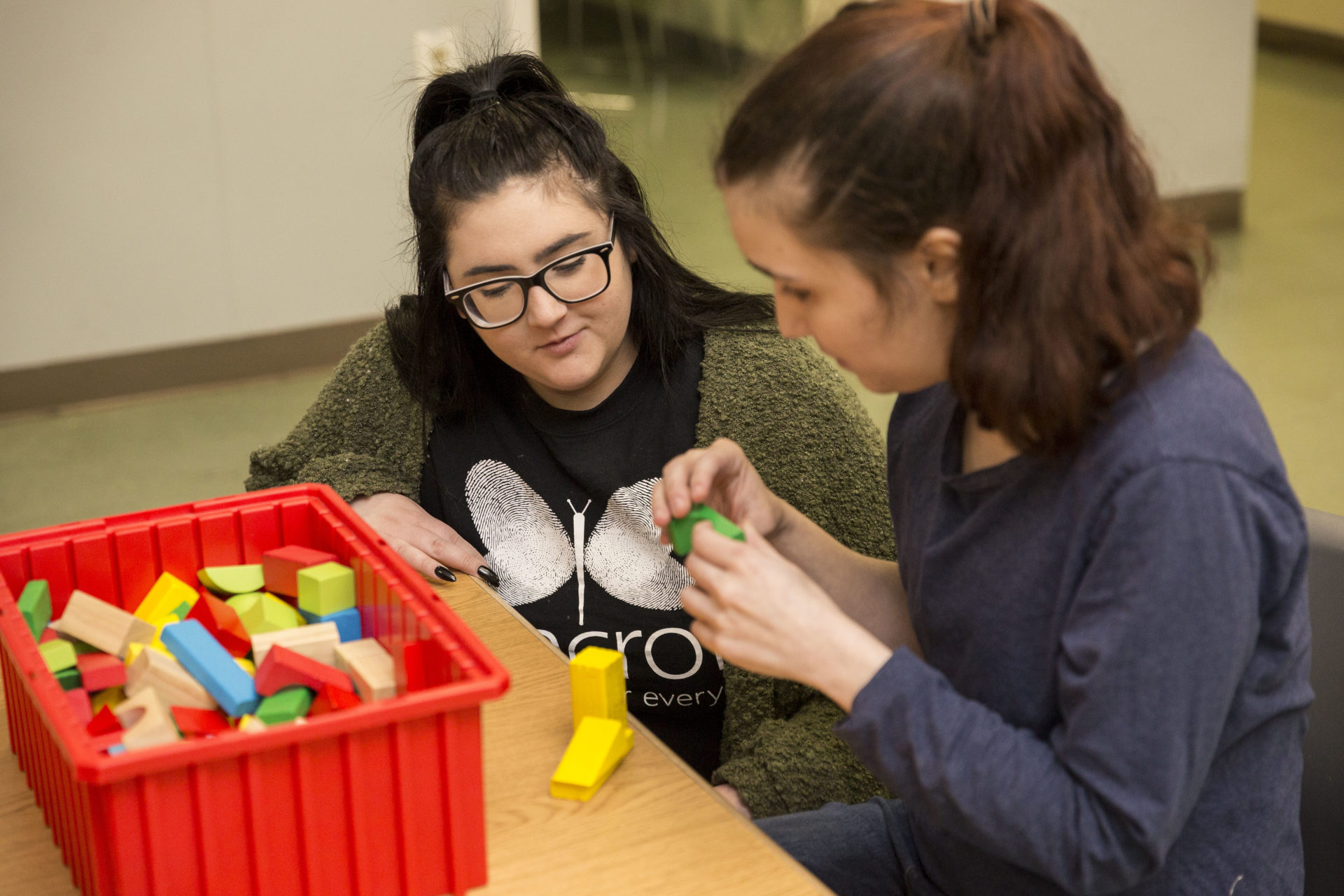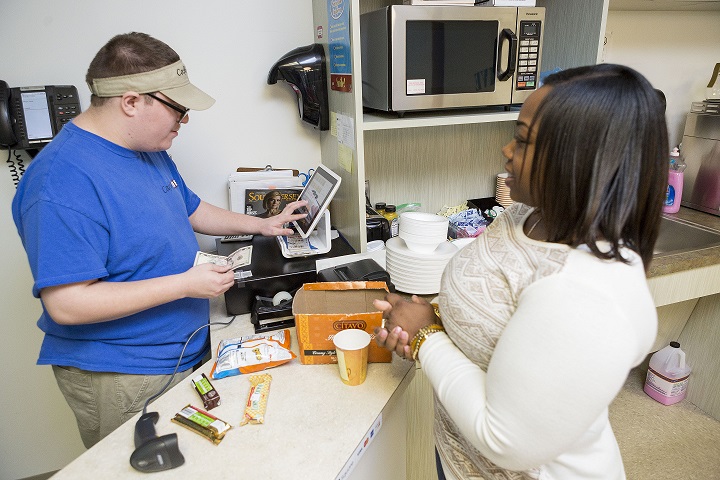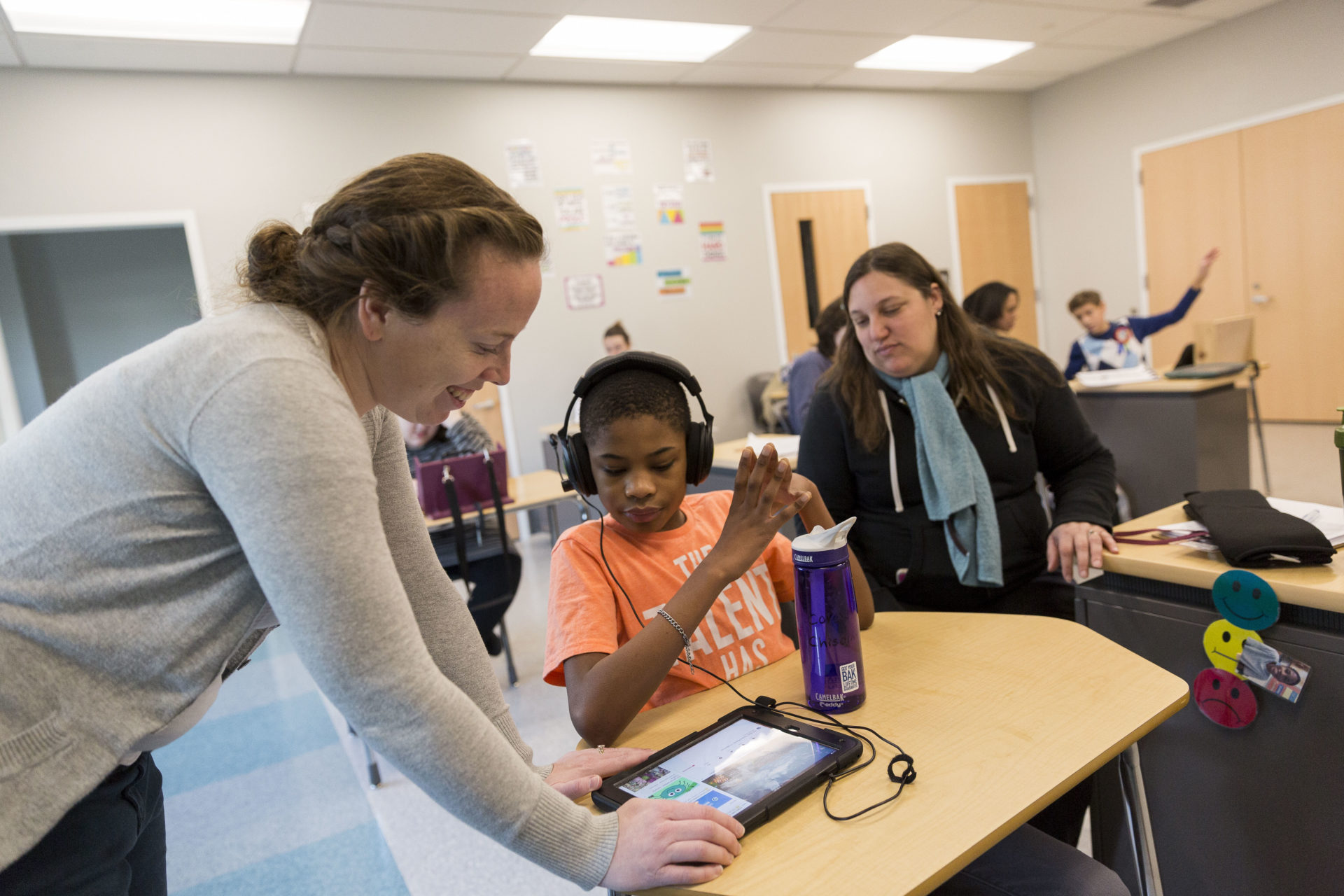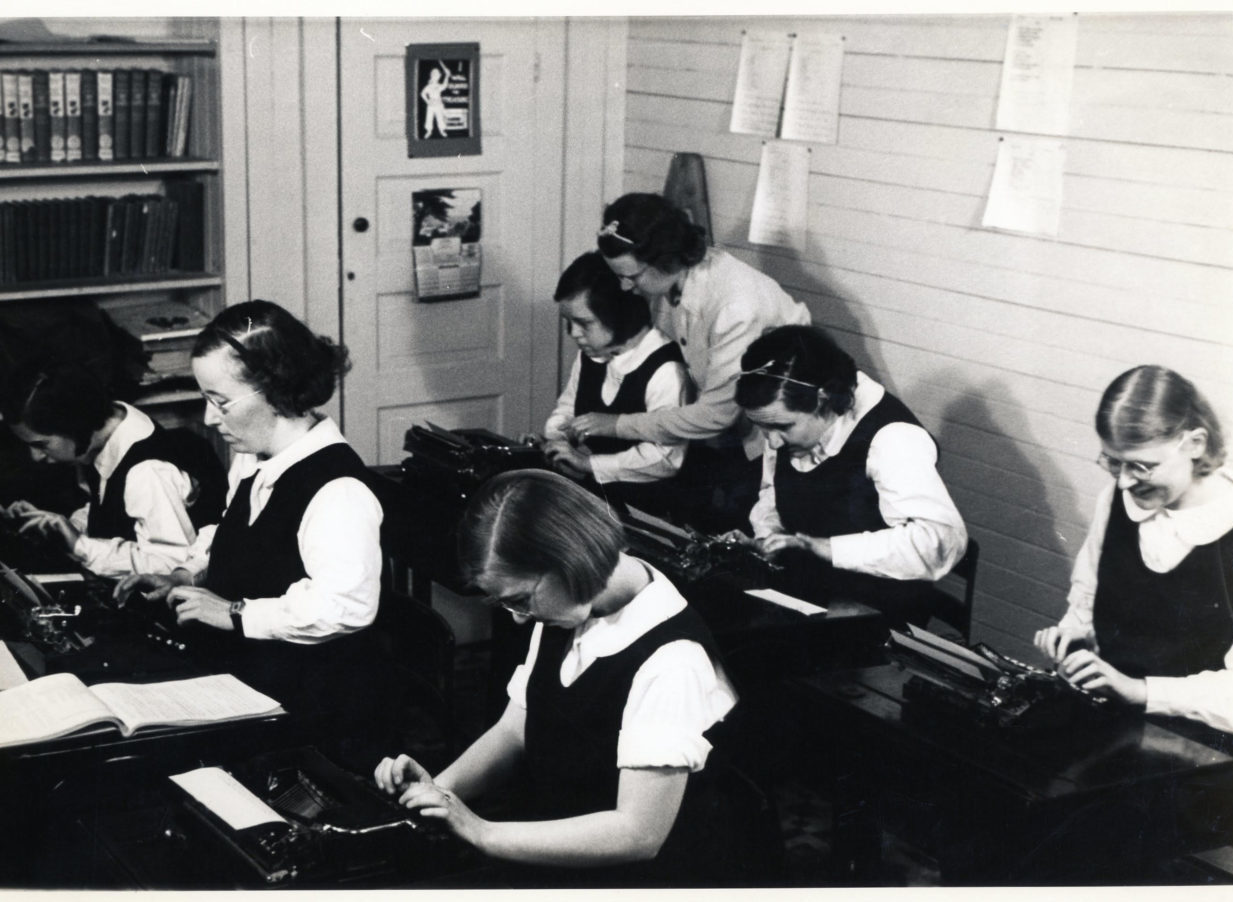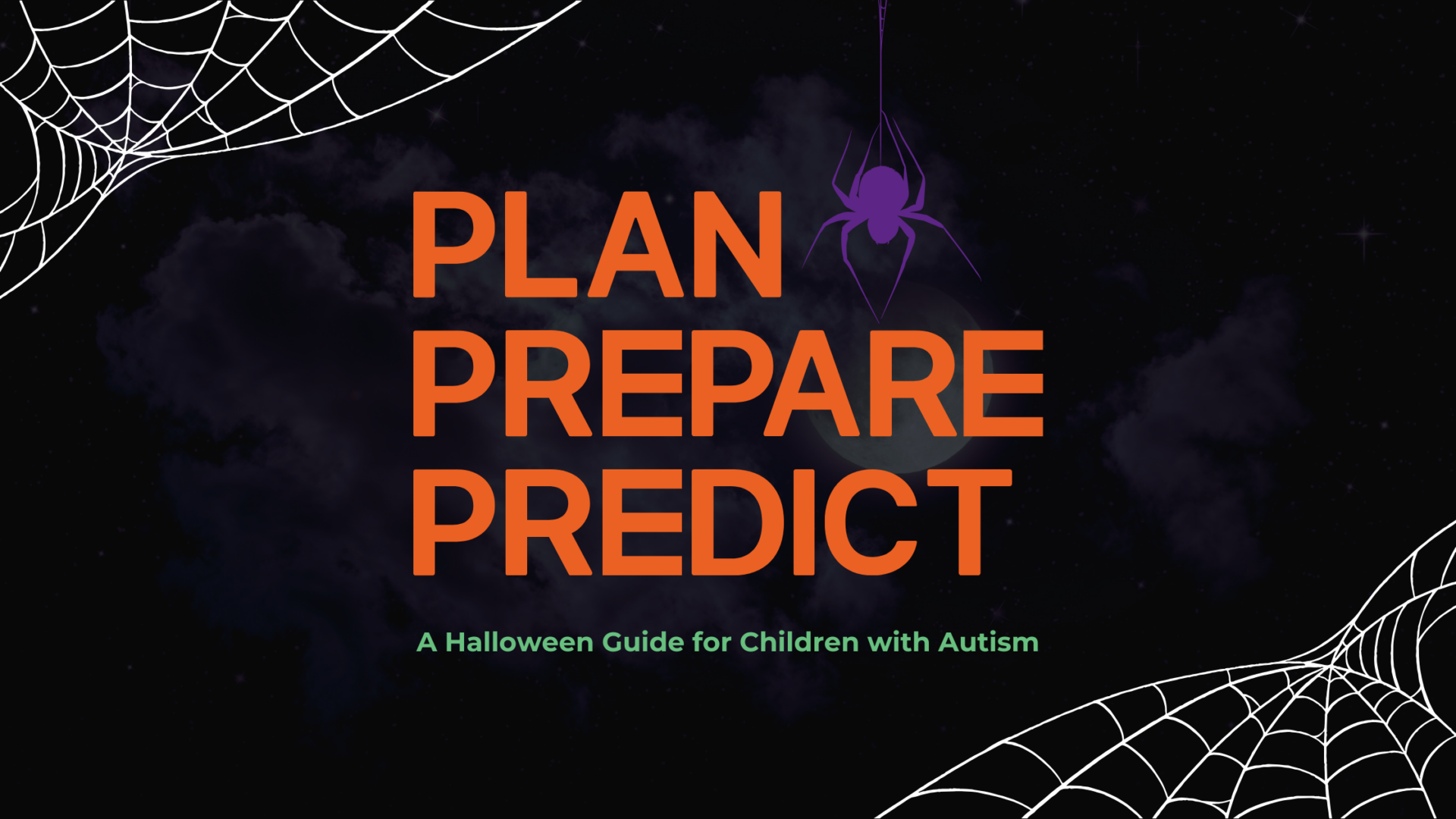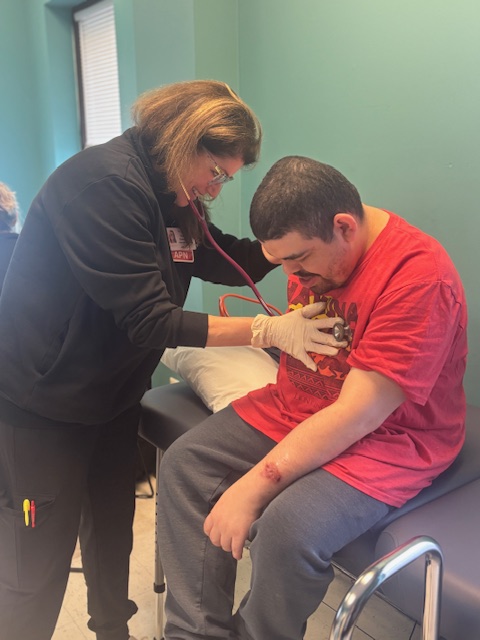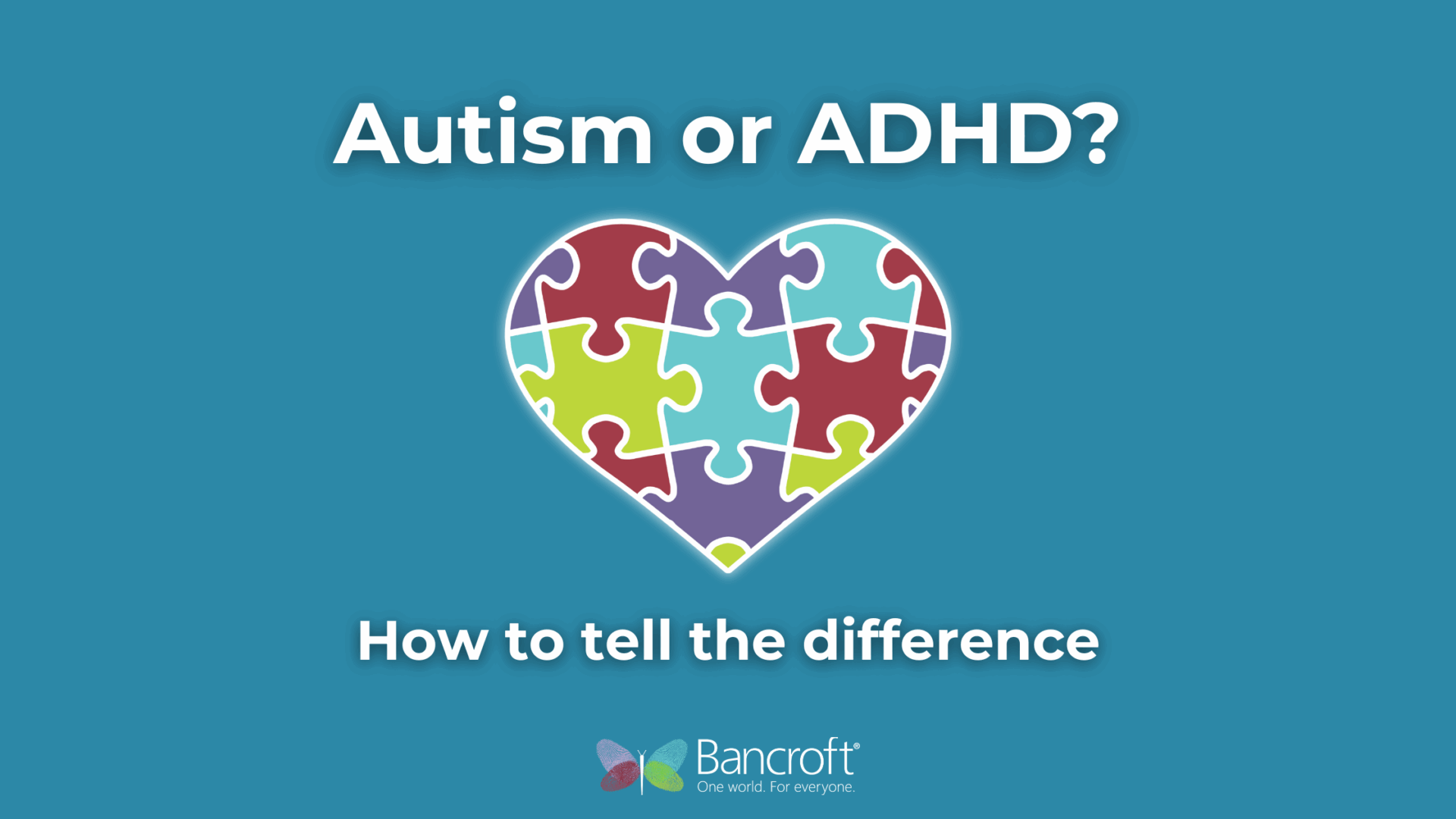By Nicole Schwartz, Psy.D, Senior Clinical Director, Children’s Residential Services
Halloween can be a magical night, filled with costumes, candy and excitement. However, for children on the autism spectrum, the sensory experiences and social expectations can sometimes be overwhelming. The sights, sounds and crowds may create anxiety and discomfort and diminish their ability to enjoy the holiday.
In this Halloween guide for children with autism, I share my “Three P’s” for creating an experience the whole family can enjoy: Plan, Prepare and Predict. Hopefully, these tips and tools will help your child have a magical Halloween night this year!
PLAN
1. Plan the Route
The trick-or-treating route you take can make or break your Halloween night. Choose one that is familiar to both you and your child. This will help minimize surprises and allow for a quicker exit if needed.
Scout out your neighborhood a few days before so you can avoid houses with overly spooky decorations that might be frightening, such as loud animatronics or flashing lights. Knowing where not to go is just as important as knowing where to go.
Consider going trick-or-treating earlier in the day when it’s still light and less crowded. This helps avoid the sensory overload of darkness and large crowds.
2. Sensory Support
Halloween can assault the senses – loud noises, big crowds, lights, cobwebs, spooky decorations, etc. It’s helpful to be prepared with items that help your child’s sensory regulation.
Pack noise-canceling headphones or earplugs in case loud noises become overwhelming, sunglasses or a mask to help shield them from some of the lights, and your child’s favorite sensory toys to provide comfort and a sense of calm. You might also want to pack a healthy snack and water in case they get hungry or thirsty.
3. Get the Neighborhood Onboard
It’s beneficial to involve your neighbors in this process to ensure a supportive environment for your child. Most neighbors are open to working with you to create a Halloween experience your child can enjoy, especially if they have a heads-up. If they aren’t, that’s also helpful information as you plan your night.
Communicate with your neighbors about your child’s sensory sensitivities so they can better understand where you’re coming from and can try to make accommodations. You can even tell them when you’ll be stopping by. You may want to drop off some of your child’s favorite candy ahead of time to make it more enjoyable.
If your child is nonverbal, let them know so they don’t expect a verbal response such as “trick or treat” or “thank you.” You can also make a sign that coordinates with your child’s costume and says “trick or treat” to help alleviate confusion.
After Halloween, express your gratitude to the neighbors who helped create a fun experience for your child. These will become the houses you can count on year after year, the community you can rely on to make Halloween great.
PREPARE
1. Talk About Halloween
If your child is new to Halloween, take some time to explain what it’s all about. Even if they’ve experienced it before, talking it out in the weeks leading up to the holiday can still be helpful. Understanding Halloween’s customs, from dressing up in costumes to the tradition of going door-to-door asking for treats, can make the experience more enjoyable and less overwhelming.
Social stories can help guide these discussions, with pictures that break down the experience into smaller, easier-to-understand steps. Autism Speaks is an excellent resource for creating personalized social stories, including Halloween. Here’s a link to Autism Speaks Social Story Templates.
2. Costume Choice is Essential
Your child will wear their costume for quite some time on Halloween, so comfort is key! Choose a costume made of soft, breathable materials and avoid itchy textures, tight fits or bulky accessories.
For added comfort, let your child wear their favorite clothes underneath. Make sure the costume has layers that will help you adjust it to the weather. Halloween can be unusually cold or hot sometimes.
Order costumes early to allow for any adjustments or exchanges. Having your child practice wearing the costume at home well before Halloween is also a good idea. This helps avoid surprises on the big day.
It’s important to involve your child in choosing the costume. You can narrow it down to choices that fit the criteria above, but make sure they ultimately get to choose who they want to be. That’s half the fun of Halloween! It’s also okay if they choose not to wear a costume at all. Your child should be able to enjoy the night and be comfortable.
3. Rehearse
Practicing trick-or-treating at home is a great way to ensure the evening goes smoothly. This can be done with neighbors and friends, creating a friendly and supportive environment. Rehearse saying “Trick or Treat” and holding out the candy bag. If your child is nonverbal, consider making a simple picture card or sign that says “Thank You!”
This practice session is also an opportunity to discuss safety rules with your child, such as staying on the sidewalk, looking both ways before crossing the street or holding hands. Just like in show business, rehearsing helps build confidence and better prepares your child for the actual night.
PREDICT
Even with the best-laid plans, unexpected challenges may arise. Sometimes, life throws you curve balls, and your child may become more overwhelmed than anticipated for various reasons. Knowing exactly what to do if the worst occurs will help you feel more calm, and it will also reassure your child.
1. Scout Locations to Take Breaks
Throughout your Halloween route, identify quiet spots or friendly neighbors’ houses where your child can take a moment to relax if overwhelmed. These are ideal locations for pulling out the water and healthy snacks, sensory toys or other toys to play with, or even an iPad with their favorite show to watch for a few minutes.
2. Have an Escape Plan
Develop an ‘escape plan’ just in case. With all your preparation, you most likely won’t need it. However, you can’t control everything and having a plan will offer you peace of mind.
Remember to be patient, understanding, and flexible with yourself and your child throughout the process. Halloween may not unfold as you planned, and that’s perfectly okay. Celebrate the small victories and keep a positive outlook.
The most important thing is to create a fun and memorable experience for everyone. If trick-or-treating doesn’t feel right this year, there are still plenty of ways to enjoy the holiday. Host a sensory-friendly Halloween party at home or simply cozy up with pumpkin carving, spooky movies and lots of laughter. Focus on the joy of the holiday and creating lasting memories together.



